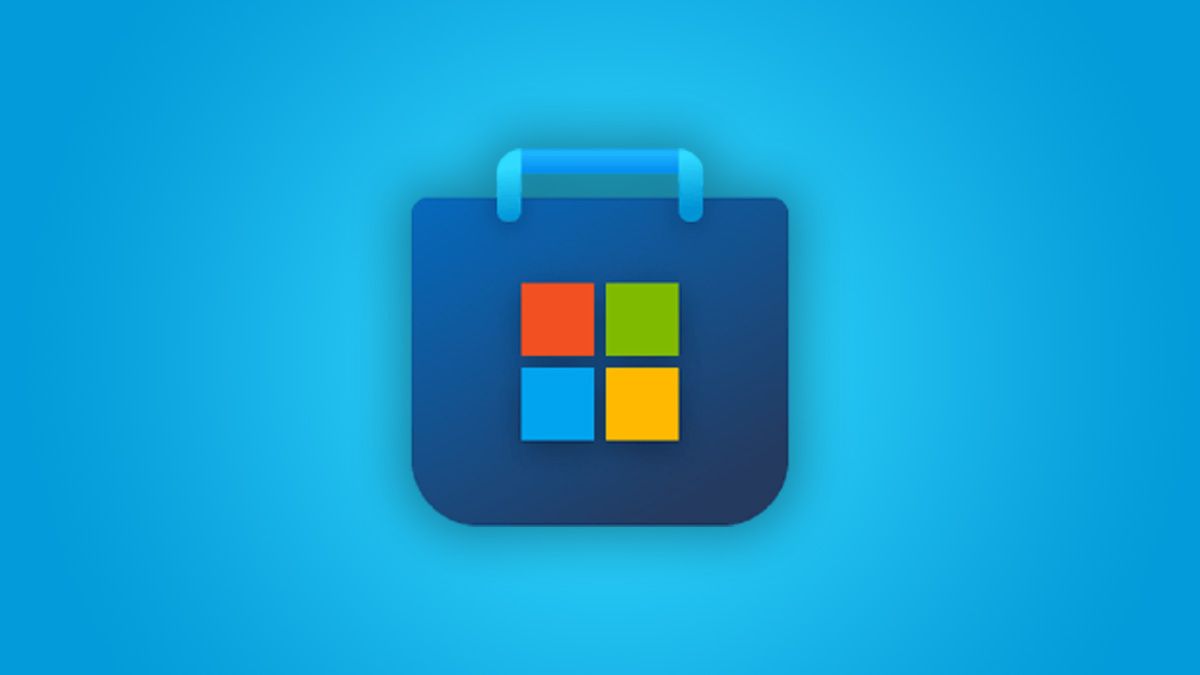
Installing apps and programs on Windows a few years ago, pretty much, just involved downloading the apps from third-party websites and running the installers on your PC. While that method is still very much used today, Microsoft made things a bit more smartphone-like starting in 2012 with the launch of the Microsoft Store, which lets you download apps and games through a centralized app store. The Microsoft Store also happens to have a web version, and now it’s getting a much-needed update.
Microsoft has just released a new web version of the Microsoft Store, replacing the previous experience. Unlike its predecessor, which was based on an outdated React codebase, the new web store utilizes modern technologies like Shoelace, Lit, Vite, and a C# ASPNET backend. The new experience also looks much more similar to the Windows 11 version of the Microsoft Store, with the main notable difference being that the navigation bar is located on the top rather than on the left side. It’s not 100% identical, mind you, but it does look more similar.
According to Judah Gabriel, a Microsoft engineer, “the old site was a React codebase built on an obsoleted UI framework.” He also went on to add that “we created a fresh user experience with a thoughtfully designed interface, easier ways to discover new apps, modern web tech stack. I hope folks will find it useful.” This is by no means a replacement to the desktop version of the Microsoft Store, mind you, just like the previous web version of the Microsoft Store wasn’t a replacement and the web version of the Google Play Store isn’t a replacement to the Google Play Store on our smartphones. Rather, both experiences are meant to co-exist separately, with the web version being especially useful for the purpose of search engine discoverability.
The new website could be in preparation for a possible mobile Xbox gaming store, which could be connected to the Microsoft Store (just like Xbox games already are), but that’s just speculation. The new store is a great way to check out Windows apps away from a Windows PC, and that’s enough of a reason to get excited.
Source: The Verge






